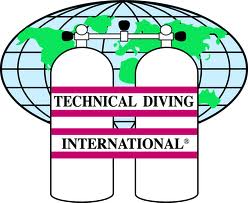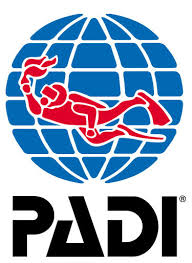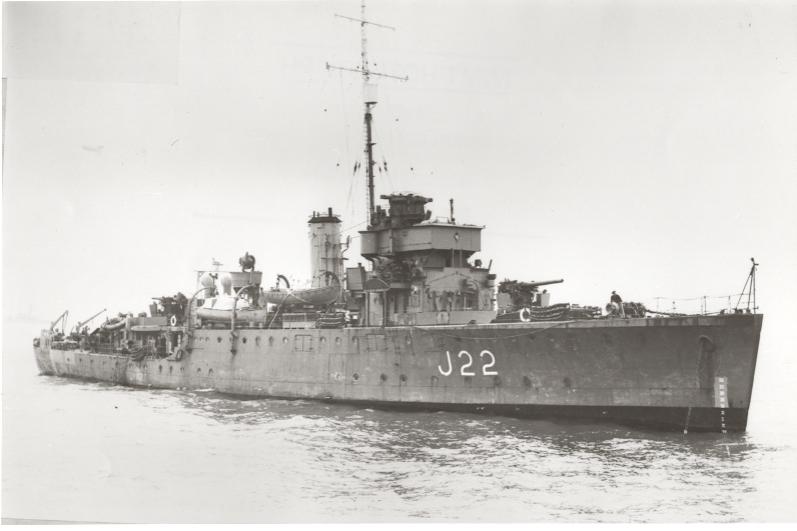

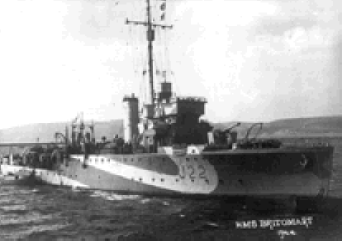
There are two British minesweepers, HMS Britomart and HMS Hussar, both sunk on the same day whilst minesweeping off Cap D’antifer, mistaken for the enemy by British rocket firing Typhoon planes, they were sent to the bottom and now lie at a depth of 33metres.
HMS Britomart is completely upside down, and has both propellers in place. The hull is riddled with holes all the way along the length of her on both sides, this allows easy access for some good penetration,
The other minesweeper, HMS Hussar is more of a twisted wreck, with her stern blown off, she twists her way forward to her bows, which is again upside down. There are very large holes to look inside & explore.

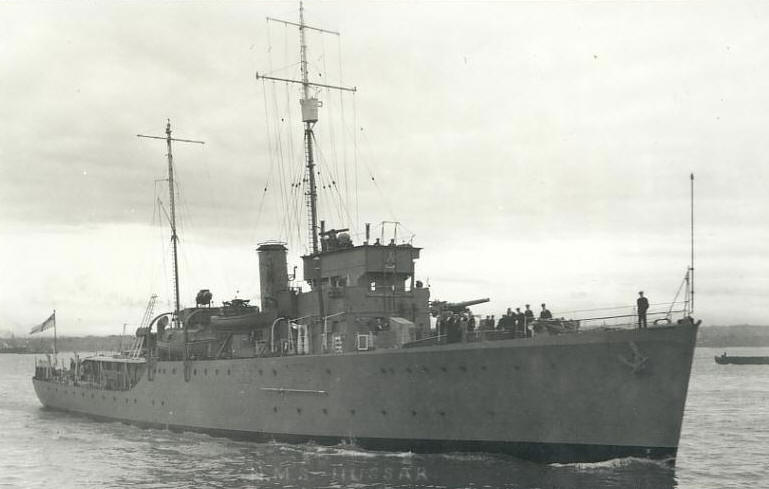
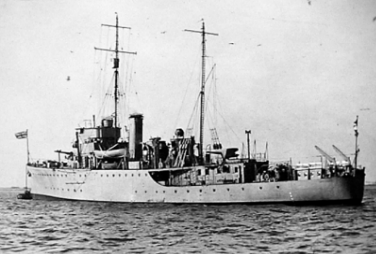
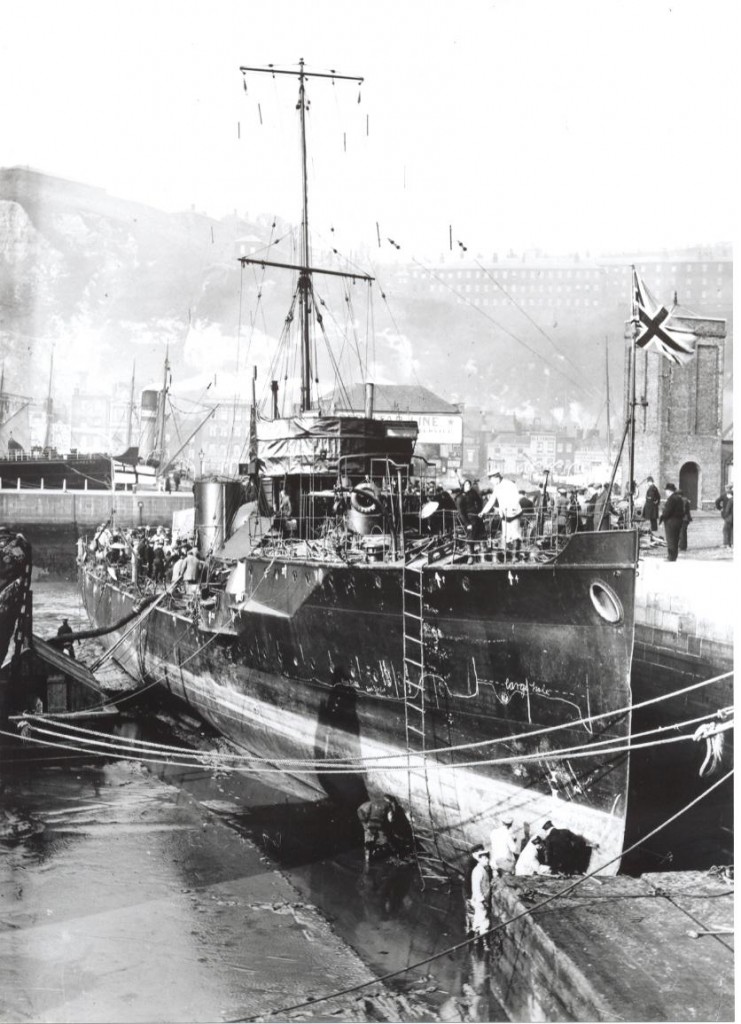
HMS Eden, laying in 34mtrs, is a British WW1 Destroyer,
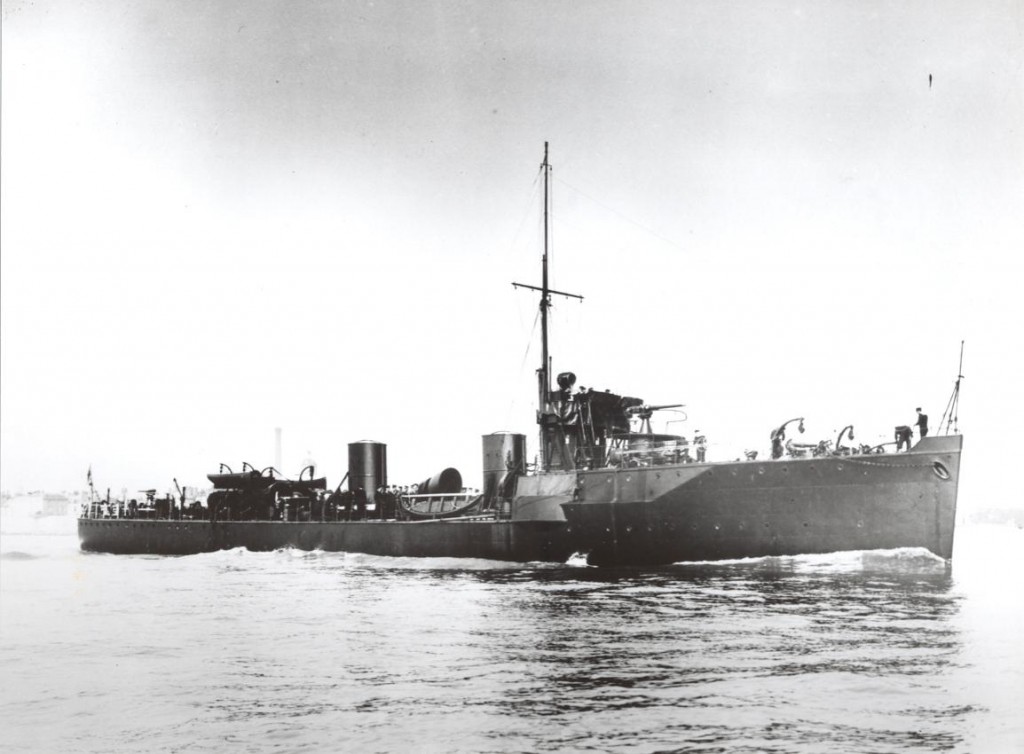
she was sunk in collision on 16th June 1916. She is broken in 2 with the Bow section missing, having being salvaged shortly after the collision. The wreck is quite open and has easy access for penetration into the engine Room, there is an abundance of life on the wreck with large free swimming congers, shoals of fish which include very large bass.
The merchantman Ikaria, was en-route to the battle of the Somme, when she struck a mine and sank 4 miles offshore, she stands some 15mtrs high in a depth of 27mtrs and is 460ft long. This wreck is huge, it has large open areas of superstructure to explore, the bows are broken off and point to the sky. The superstructure is intact along the length of the wreck, with large access areas to explore. The marine life is amazing. The ship was carrying Horses and munitions and today you can clearly see the boned remains of the animals, which are scatter around the holds and Bows area.
 Close to the Ikaria is the wreck of the large Belgium merchantman Piriapolis, She was sunk on the same day as the Albertville, 11th June 1940 also by German aircraft. At the time of her sinking she was being used for the evacuation of British forces from France.
Close to the Ikaria is the wreck of the large Belgium merchantman Piriapolis, She was sunk on the same day as the Albertville, 11th June 1940 also by German aircraft. At the time of her sinking she was being used for the evacuation of British forces from France.
 The Granville was sunk on the 13th June 1940, she was hit by Germen shore batteries close to the town of St Vallery en Coe. The ship was hit and burst into flames, the crew abandoned ship and the Granville drifted until she eventually sank.
The Granville was sunk on the 13th June 1940, she was hit by Germen shore batteries close to the town of St Vallery en Coe. The ship was hit and burst into flames, the crew abandoned ship and the Granville drifted until she eventually sank.
 There are 2 of these German patrol boats close to Fe’Camp, AF13 located in just 20mtrs of water, one is upside down and very broken, the other is on its side, her armaments buried in the sand and depth charges scattered around. They make very interesting second dives.
There are 2 of these German patrol boats close to Fe’Camp, AF13 located in just 20mtrs of water, one is upside down and very broken, the other is on its side, her armaments buried in the sand and depth charges scattered around. They make very interesting second dives.
All the way along the Normandie coast there are plenty of wrecks loaded with ammunition, and fe’Camp has its fair share of them as well. From armed Merchantman and coastal patrol boats to fully laden barges carrying anything from belts of 303 bullets to anti-aircraft rounds, land mines and lumps of phosphorous, Under no circumstances are these munitions to be brought to the surface.


 The Malachite, this large merchantman was sunk on 23rd November 1914 by U18.
The Malachite, this large merchantman was sunk on 23rd November 1914 by U18.
Today she sits on an even keel with all her sides ripped away and leaving a seabed of flat plates
and ribs and exposing her huge boilers which sit neatly in the middle of the wreckage. Large
conger eels have made this wreck their home and by the look and size of some of them I’d say
they have been there a very long time. This wreck sits in only 30mtrs of water so you can get a good long bottom time on her.
 The SS Albertville is the sister ship to the other great Belgian liner the Leopoldville. She was
The SS Albertville is the sister ship to the other great Belgian liner the Leopoldville. She was
bombed and sunk by German aircraft on the 11th June 1940 and is lying in only 20mtrs of water.
The wreck has been largely dispersed but still has sections of hull and superstructure
still recognizable. Positive I.D. has been made by the recovery of the ships Bell. The wreck is
spread over a large area and makes for a good rummage.
 The Rye, the first thing to grab you about this wreck is the amount of congers living in it and they are not shy either, some will even swim along with you. A first World War wreck sunk on the 7th April 1918 en route to Le Havre along with the merchantman Unity. They were attacked by the German submarine UB74, under the command of Oberleutnant Ernst Steindorff, he struck under the cover of darkness at 03.15am. Although all the ships crew managed to escape to the life rafts, 4 were washed out, off which 3 drowned and 1 was rescued but died of exposure. Today she rests in 38mtrs of water with her bow and stern being the highest points, Her mid section has folded over onto her starboard side with lots of holes to look inside. Bottles & jars lay strewn inside the wreckage.
The Rye, the first thing to grab you about this wreck is the amount of congers living in it and they are not shy either, some will even swim along with you. A first World War wreck sunk on the 7th April 1918 en route to Le Havre along with the merchantman Unity. They were attacked by the German submarine UB74, under the command of Oberleutnant Ernst Steindorff, he struck under the cover of darkness at 03.15am. Although all the ships crew managed to escape to the life rafts, 4 were washed out, off which 3 drowned and 1 was rescued but died of exposure. Today she rests in 38mtrs of water with her bow and stern being the highest points, Her mid section has folded over onto her starboard side with lots of holes to look inside. Bottles & jars lay strewn inside the wreckage.
The German patrol boat UJ1433 was sunk on the 28th August 1944. She sits almost upright with a list to starboard, and is virtually intact, although it has been noticed of late that she is beginning to loose some plating. Its amazing to think that this wreck is less than a mile offshore and is only in 21mtrs of water and makes for an amazing dive. There is loads to see and do, penetrate into the galley where the pots and pans are still on the shelves or into a hold which is full of wine & beer bottles. Large sea Bass swim through the wreck looking for their escape as the divers explore into her depths.

The British submarine D3, sunk by mistake, bombed from the air by a French airship on 12th March 1918. This WW1 sub was quite unique. Today the wreck of the submarine lies a long way offshore, she sits upright and is totally intact. There is signs of damage at the base of the coning tower, but apart from that she is whole.
The Ruth/Pomelin, Originally called “Ruth” this ship was renamed “Pomelin” when sold to the French. She sits upright and almost completely intact, apart from some damage to her stern. For a wreck so far offshore, she is only 38mtrs to the seabed & stands 6mtrs high. She was discovered and first dived back in 2005, a fishermans snagging that turned up trumps. Swim along the decks or drop into the hold with cargo of cement and come out the opening up next to the winch gear, there is some debris on the seabed but most points of interest are on the wreck. The wheel house and accommodation area was at the stern & although collapsed down it is a good rummage area, you can access the engine room from here, but beware there are some huge congers living around the boiler.
The SS Dulwich, sunk on the 15th February 1915, this collier was en route from Hull to Rouen when she was torpedoed by the German submarine U16, the torpedo struck number three hold and the explosion took this ship to the bottom in minutes. All the crew took to the lifeboats and were later picked up by a French patrol boat who took them to Le Havre. The wreck today rests in 38mtrs and is quite broken yet still recognizable. The marine life on her is as all the wrecks on the French side of the channel, amazing.
The Seapark, Found and identified in 2006 this is the wreck of another small coaster, again upright and intact. She sits 38mtrs to the seabed, We don’t know how she sunk or how she came to be in this position but it’s a good dive. One of the few wrecks on the French coast that we have seen masses of Pollock swimming around.
The Jerseyman, A Mid-Channel wreck 48mtrs to the seabed, upright but quite broken, lots of life on this one, and as we hadn’t dived this one before, turned out to be really interesting.
The wreck of the steamship Express, this ship lays in 30mtrs on her portside. Large holes give access to the ships engine and boiler, the superstructure and wheelhouse has collapsed down to the seabed and is a good rummage. On the last visit the ships helm was exposed and stood up proud on the shingle. The wreck is only about 150ft long so it doesn’t take long to have a good look around. Large congers jostle for position around the big boiler and their not scarred of divers.
SS Pylades – SS Pylades was known as the conger & bass wreck, she sits upright and is very intact. She is quite a size and stands 8mtrs high in 34mtrs of water.
The Steamer, This is an old wreck, very broken and scattered around, she has 2 big boilers, which are well exposed, props are still in place. Sitting in only 28mtrs of water, makes good for a second dive.


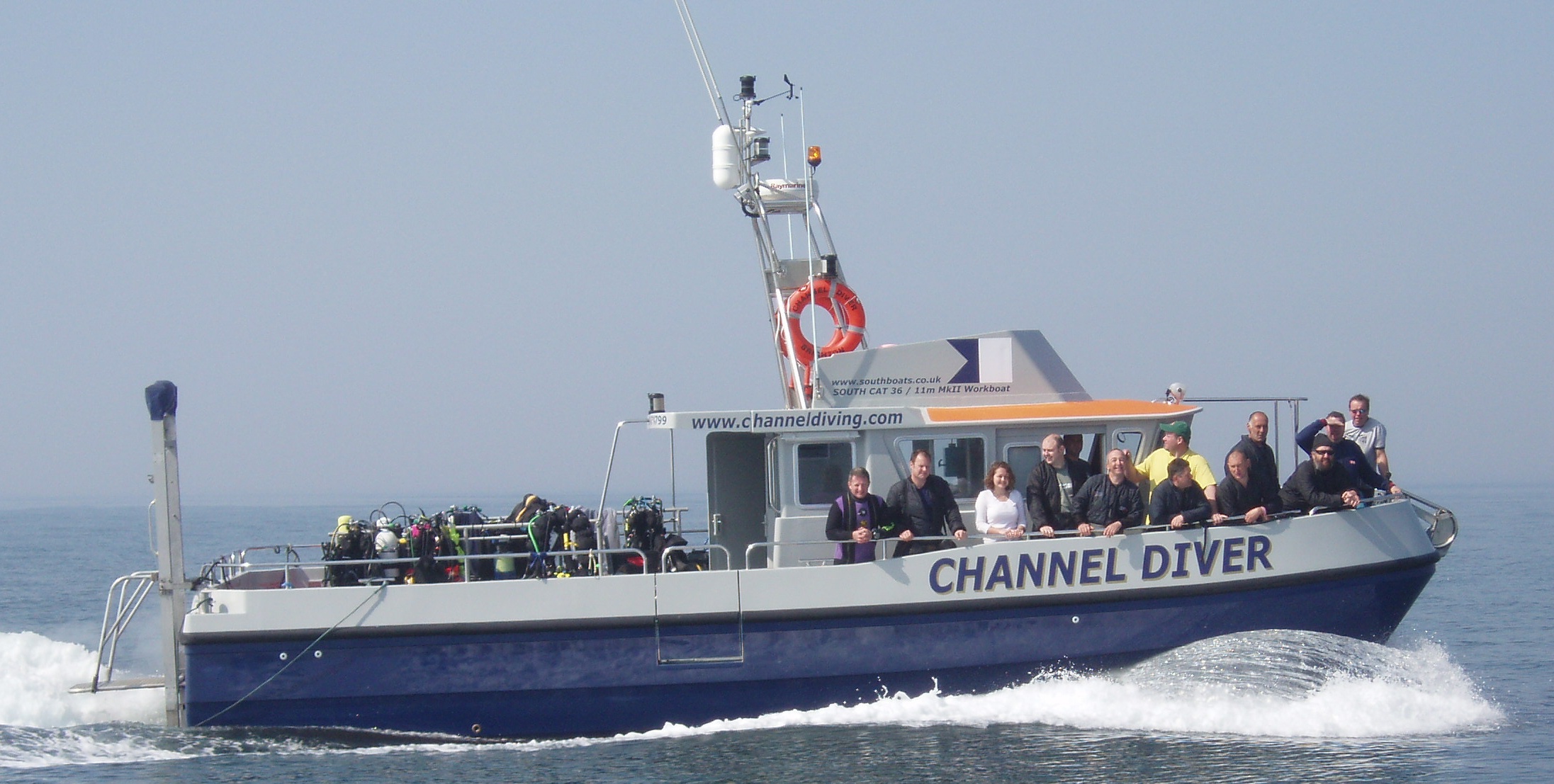

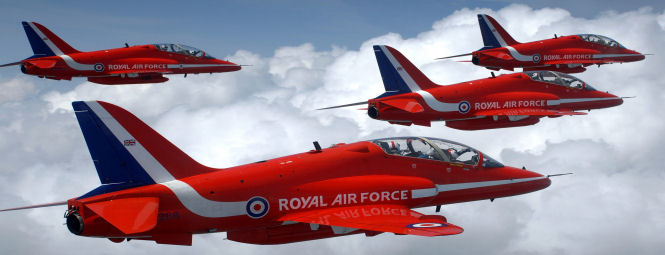
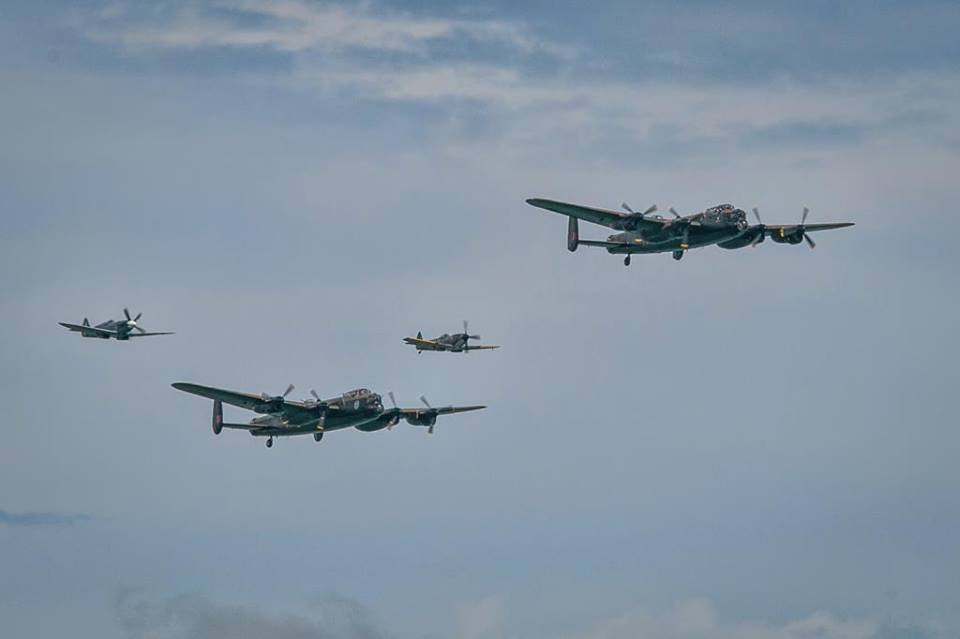
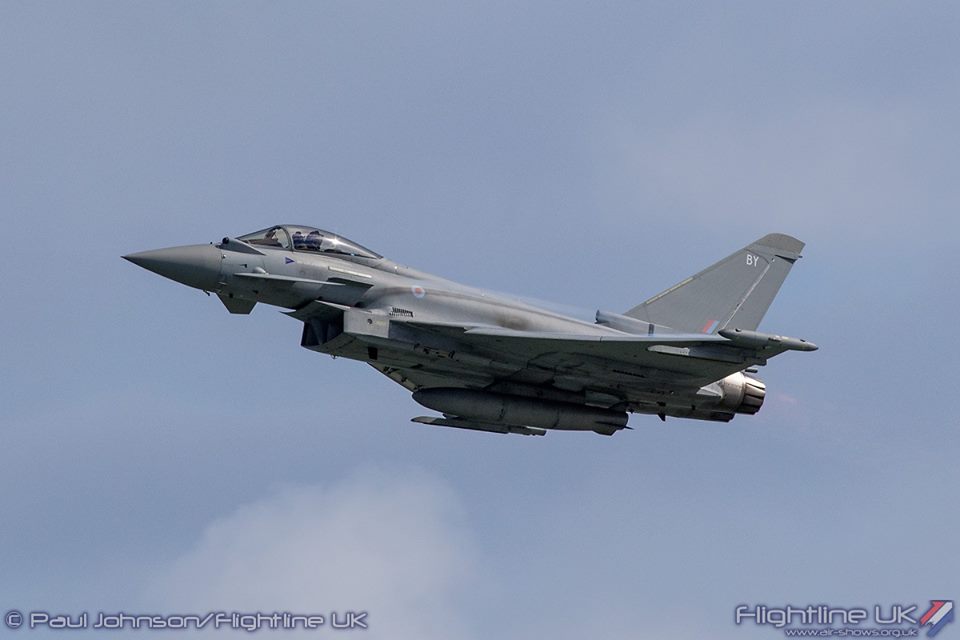
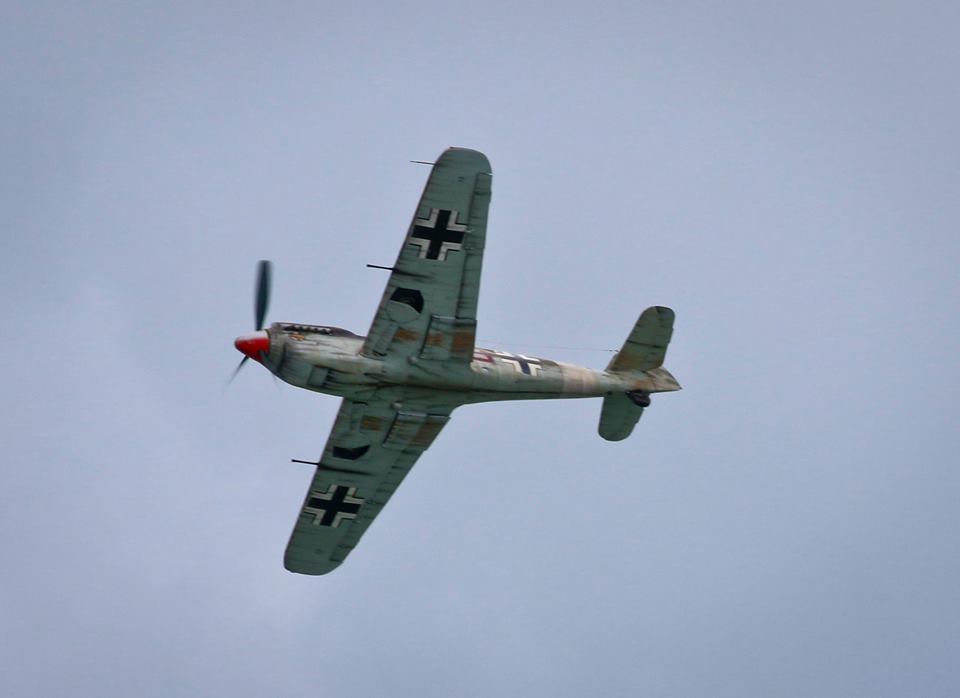
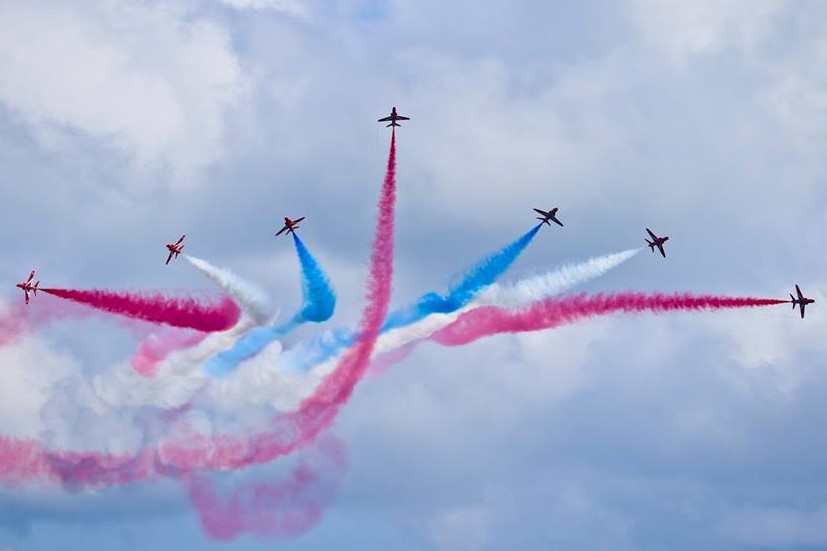
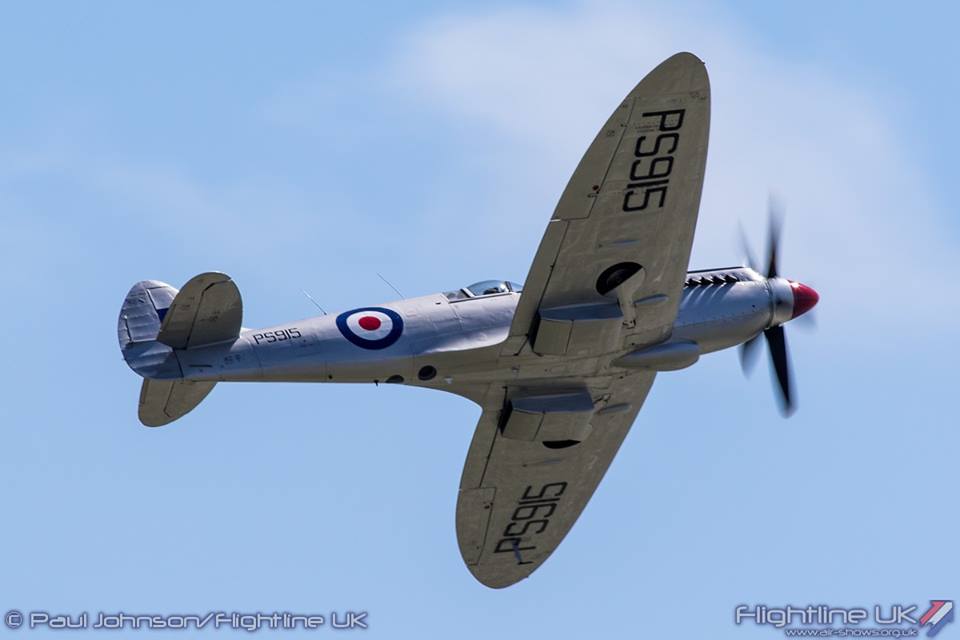
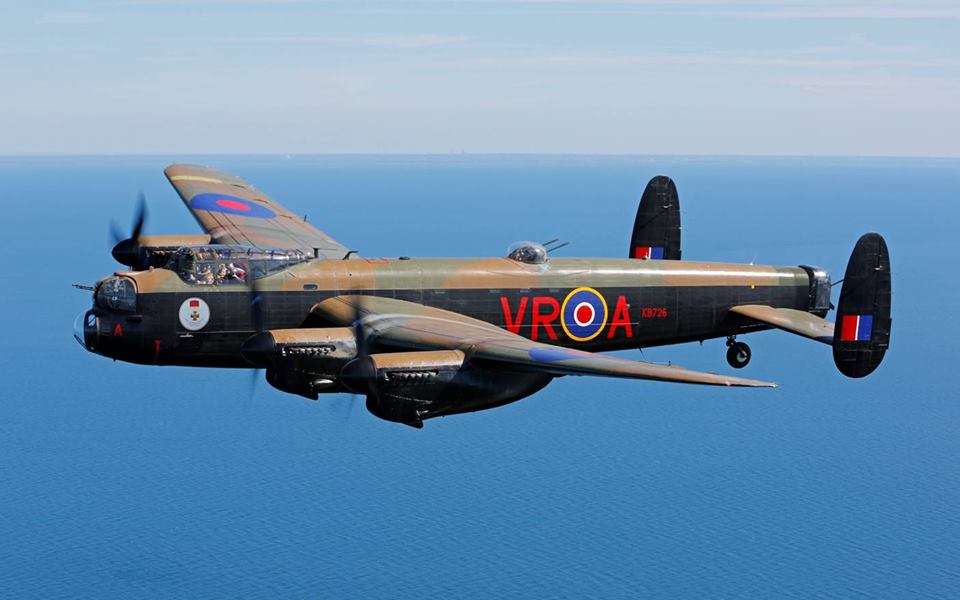
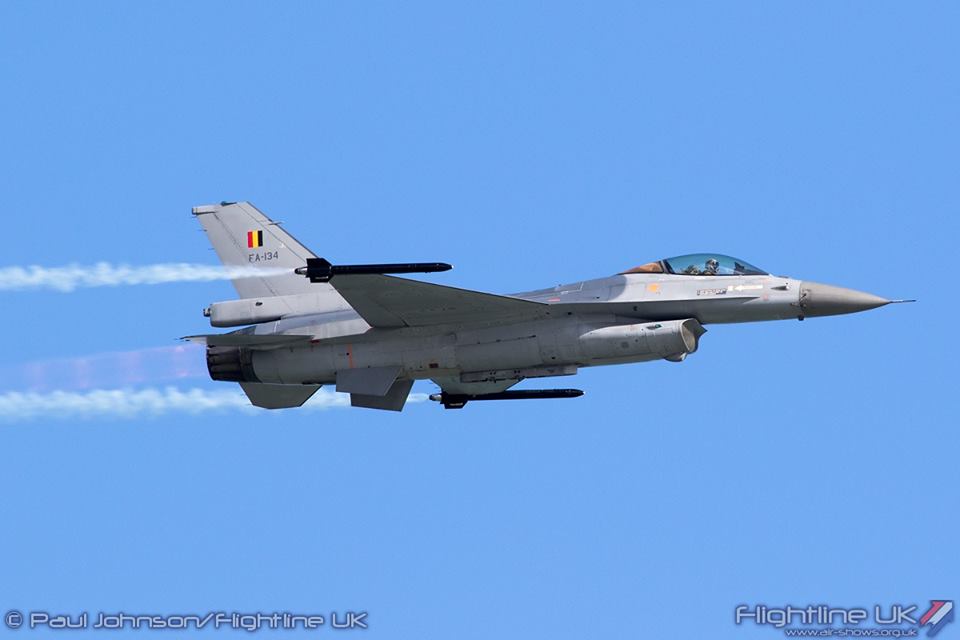
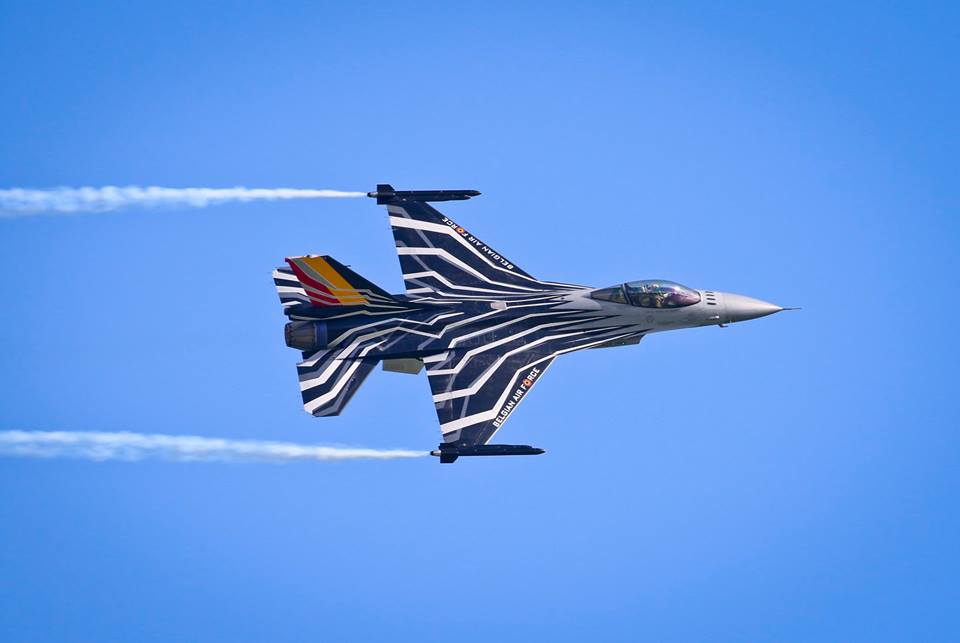
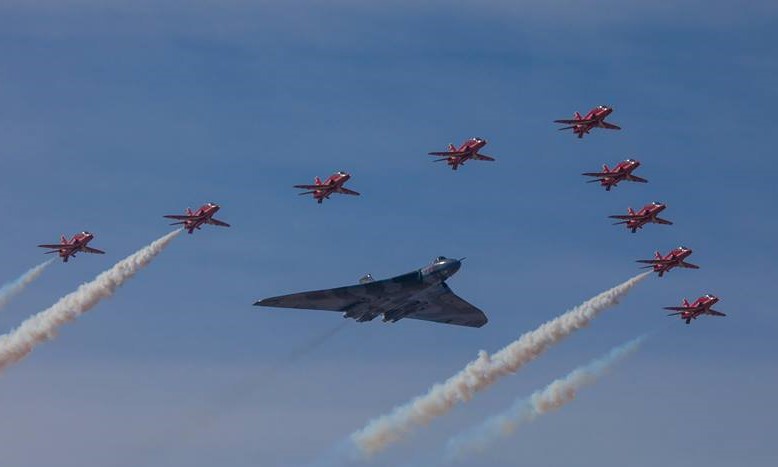
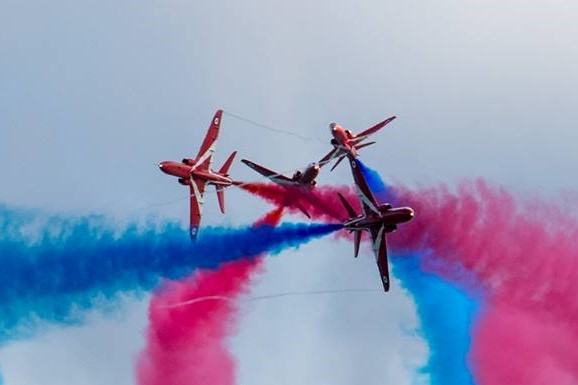













 The Malachite, this large merchantman was sunk
The Malachite, this large merchantman was sunk













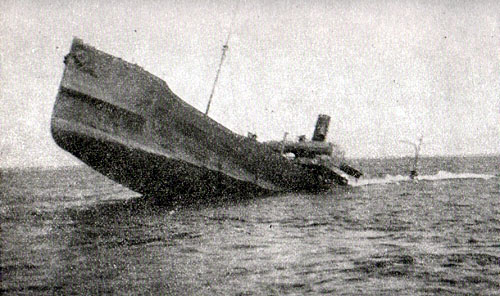
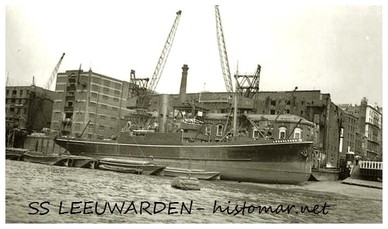



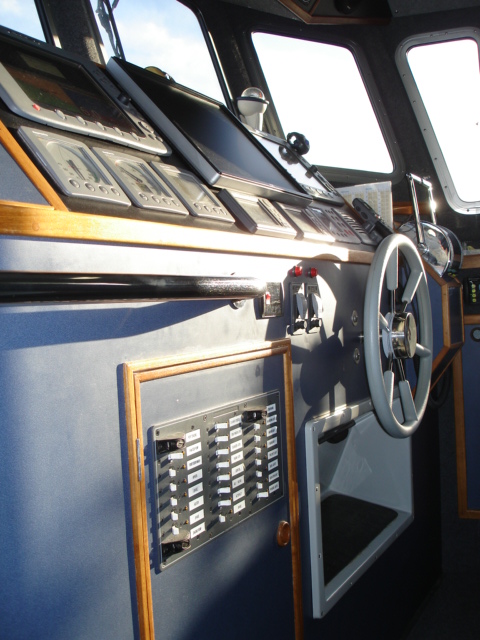
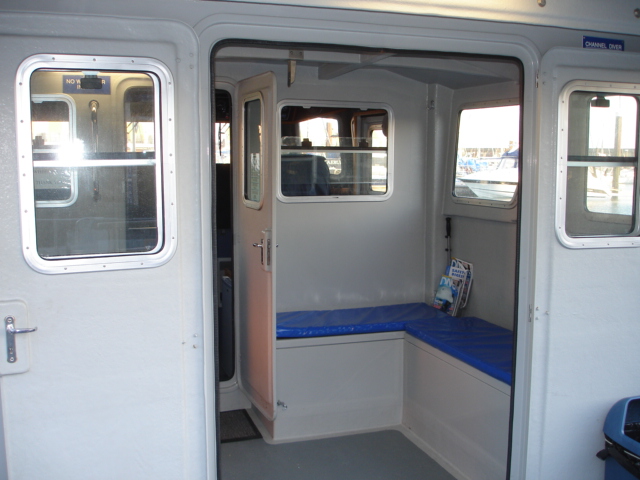
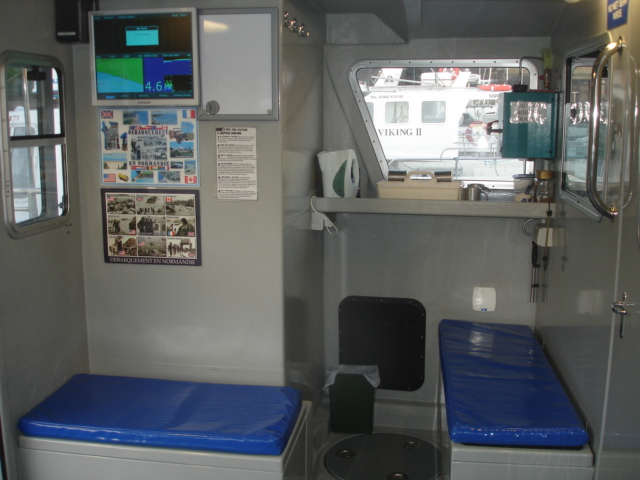
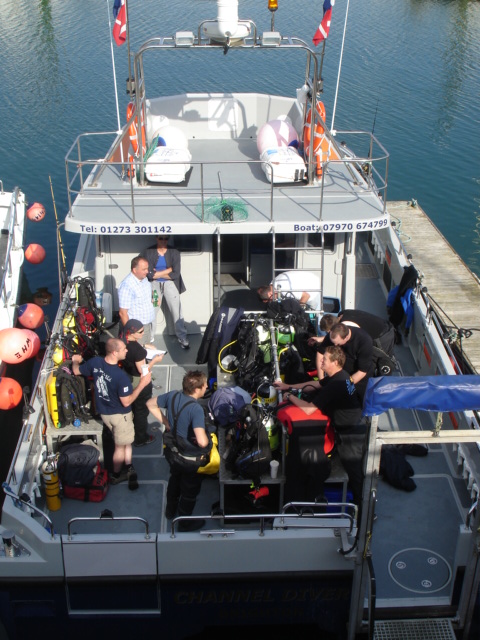
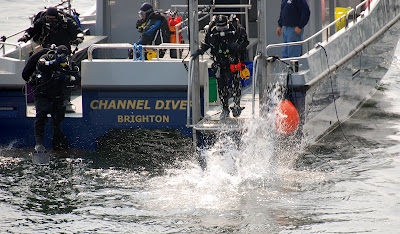
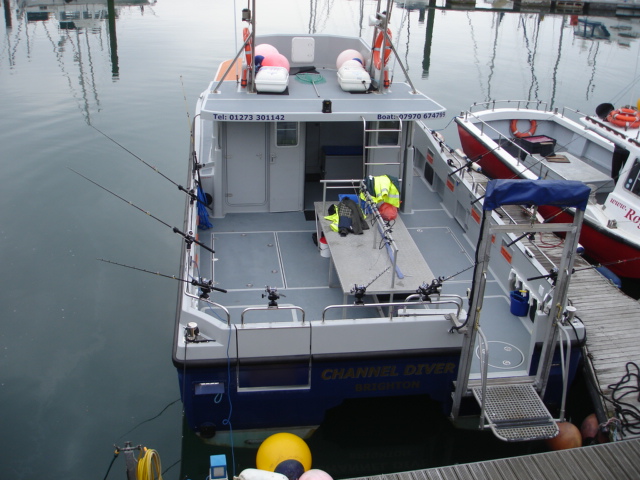


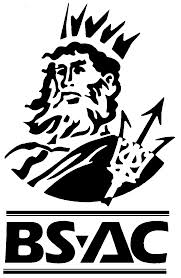
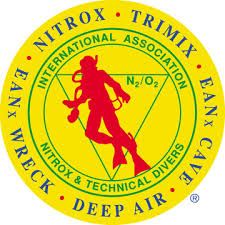
![images[3]](https://www.channeldiving.com/wp-content/uploads/images31.jpg)

